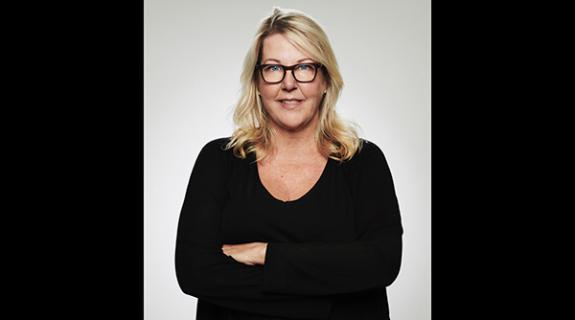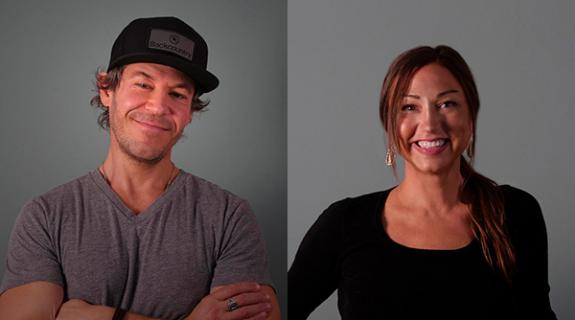The ways in which viewers talk about television on social media differ dramatically depending on the type of show they’re watching, according to data shared by Facebook on Monday.
Those differences in content-sharing behavior have important implications for marketers as they determine when and how to release additional content and extras to their audiences, according to Nicola Mendelsohn, Facebook VP for Europe, the Middle East, and Africa.
During dramas, for example, viewers tend to deliver an initial spike in social media conversation when the program begins, with conversation then leveling off as anticipation builds ahead of a major spike at the end of the program.
Documentary viewers, in contrast, typically maintain a steady stream of social media chatter and sharing throughout the length of the program.
Mendelsohn suggested that those engagement patterns show that marketers working on documentary programs might want to release additional content to viewers on second screens and other platforms while the show is airing.
On the other hand, there is strong evidence to wait until the end of a drama before releasing additional content, because that’s when viewers are more likely to consume and engage with it.
“They told us that digital technology was supposed to kill mass audiences, but it is actually helping to unlock them,” Mendelsohn said during the opening session of the 2014 PromaxBDA Europe Conference in London. A great example of that is the massive Twitter spike seen by CBS’ “The Good Wife” on Sunday night after an unforeseen twist shocked loyal fans.
43 percent of of tablet owners use them as a second screen, according to Nielsen, and in the U.K., 1 in 4 adults use a tablet or mobile alongside TV.
“I think that we are now in a golden age of television, and the proliferation of devices is leading to significant changes here and across the Atlantic.”
Brief Take: Social Media is not a one-size-fits-all medium, and marketers need to adapt their second screen strategy to fit the genre of the show they’re marketing.
Tags:




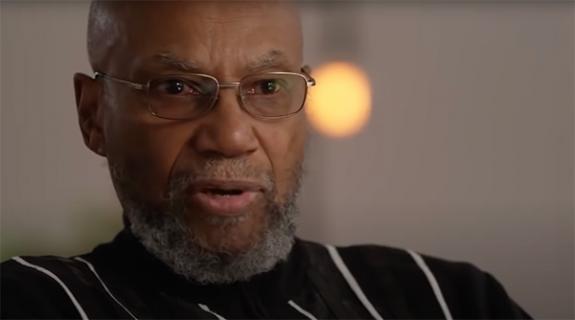














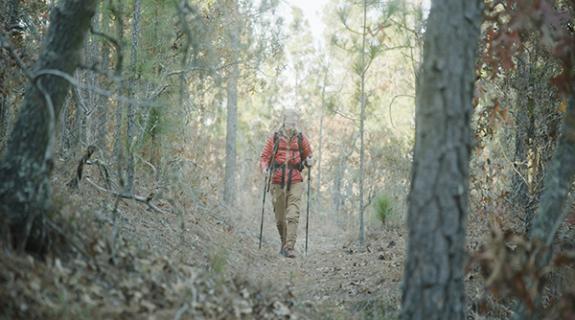





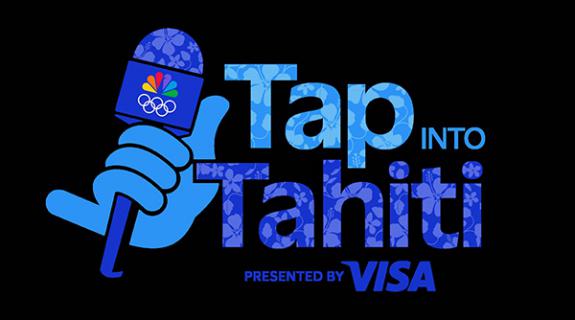


















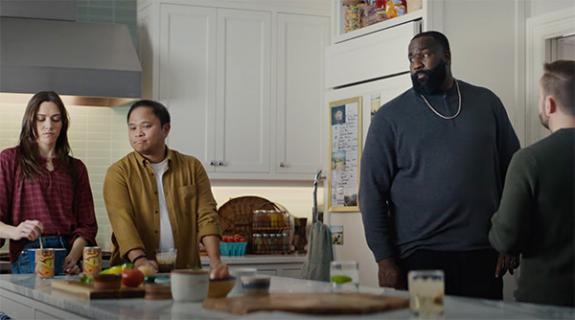
__twocolumncontent.jpg)



